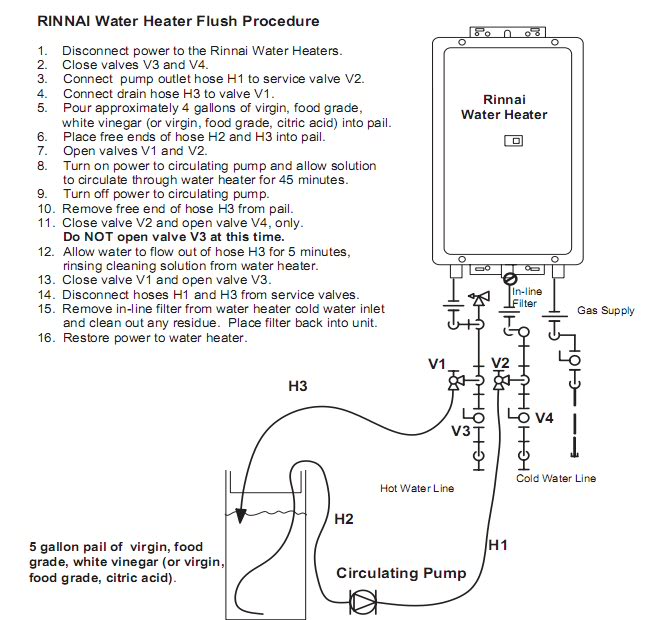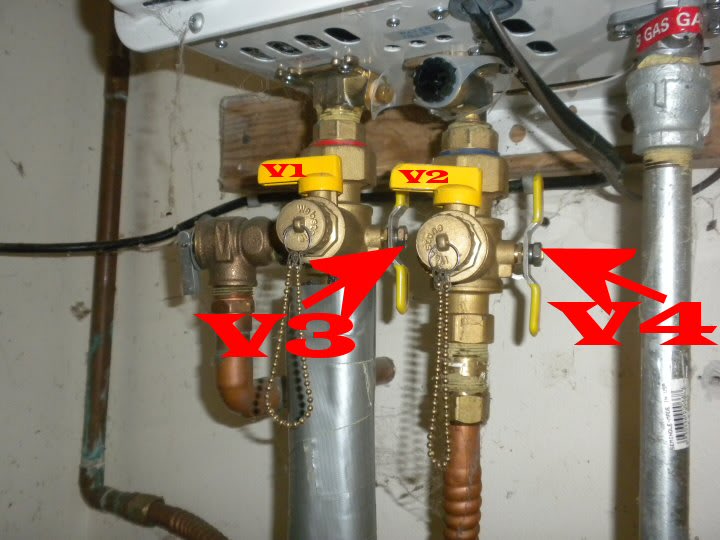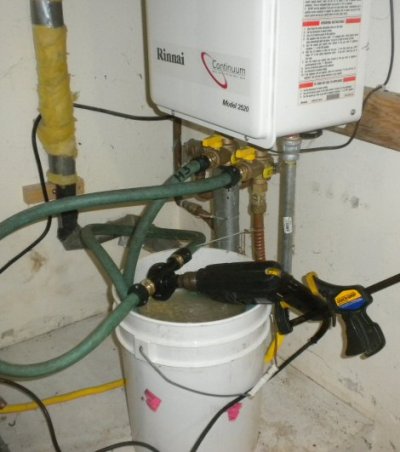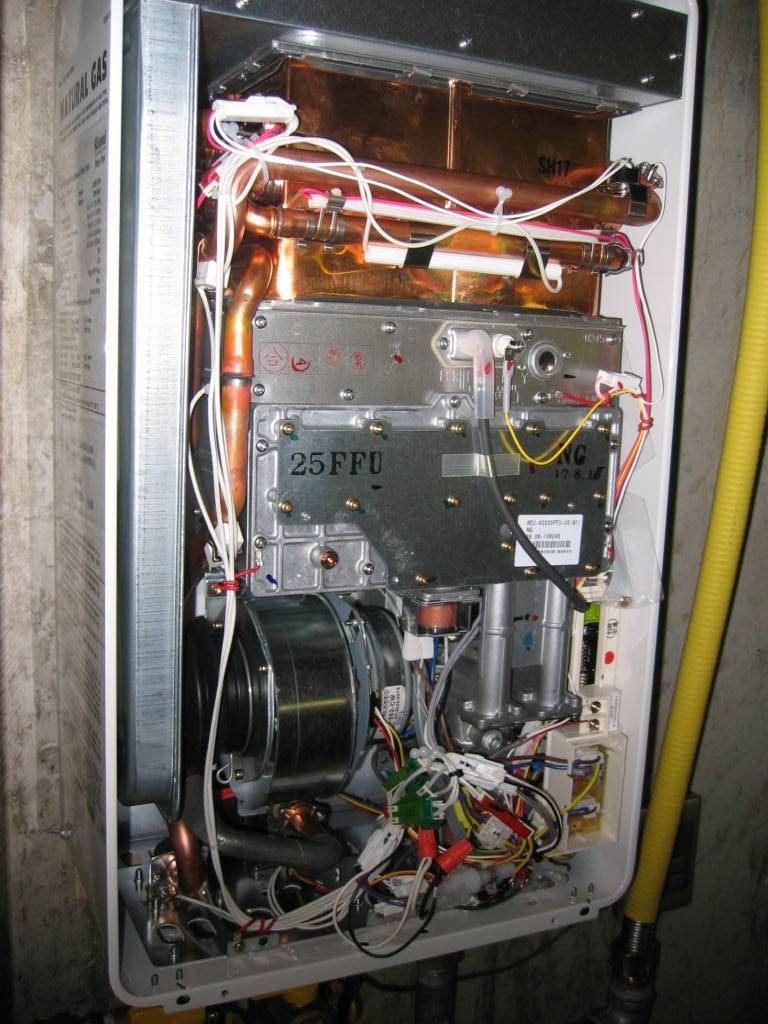It's Working Again!
Before going to bed last night, I tried it again, and it worked fine. This morning it's still working. My hypothesis is that something was blocking the flow somewhere, and it was intermittent.
I called tech support and talked to a technician who was perhaps the dumbest person I've ever talked with. The conversation went like this:
Me: (described what happened).
Him: Well, the flow to the unit may have been impeded, so that it didn't sense it, and didn't turn on.
Me: OK. I noticed that the flow to the faucet was normal, does that tell me anything?
Him: Again sir, if the flow to the unit was impeded, it wouldn't sense it, and wouldn't 't turn on.
Me: I was just wondering if strong flow at the faucet indicated that the flow was OK at the heater.
Him: Again sir, if the flow to the unit was impeded, it wouldn't sense it, and wouldn't turn on.
Me: OK, thanks, I understand that. Is it possible for flow at the faucet to be strong if it is impeded at the unit?
Him: Again sir, [slower] if the flow to the unit was impeded, it wouldn't sense it, and didn't turn on.
Me: OK, well I'll just keep an eye on it. By the way, the instructions were very good, but there may be an error. They recommend that you restore water flow to the unit and then remove the inlet filter.
Him: Those instructions are meant for a licensed service technician.
Me: Yes, but I just thought I'd pass that on, since it could cause problems.
Him: Again, sir, those instructions are meant for a licensed service technician.
Note that in the past, a technician told me that I could do the flush procedure myself -- didn't need a licensed tech.
I'll have to decide in a year whether to do it again myself.
The grease was the consistency standard grease that you'd get at an auto parts store.







